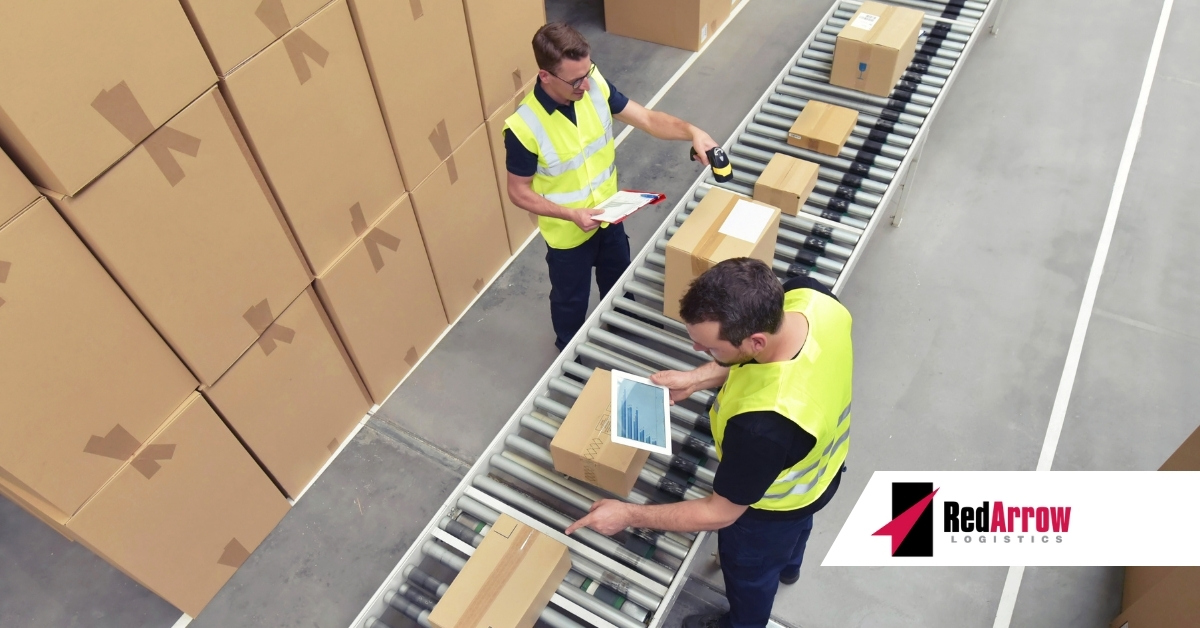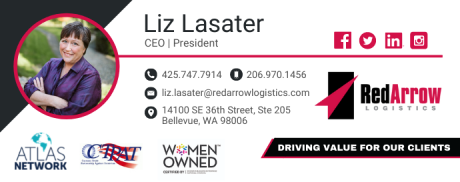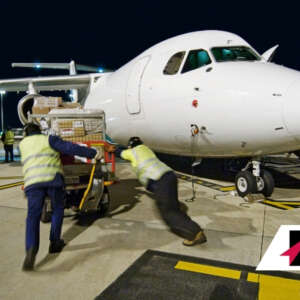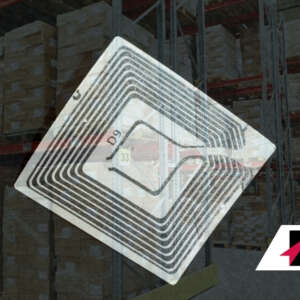Reverse logistics is one of the most complex parts of a supply chain. The drastic increase in e-commerce purchases over the last few years coupled with more demanding customer expectations has made returned goods a regular occurrence for retailers to handle. It is estimated that UPS alone will have handled 60 million returns by the end of the holiday return season in 2021.
Reverse Logistics 101
Reverse logistics occurs when a customer returns a purchase. It is the opposite process of delivering orders to the end-user. Reverse logistics is becoming an important part of the supply chain process as more customers want the flexibility of returning products without cost. Most companies find that it is a time-consuming and complicated part of the process. Since supply chains are made to get products out the door, and not back in, companies have been forced to figure out how to best handle this process.
How a company handles its returns can be a competitive advantage. Those companies that do it well see an impact on the bottom line. The following five tips can help to improve the reverse logistics process.
- Determine the Root Cause for the Return. Are the same products being returned time and again? Since returns come with an expense, retailers need to understand why they are happening and adjust their return policy accordingly. For example, a product that is consistently being returned may be defective or not have adequate instructions to explain how to use it. Understanding why a product was returned can help identify patterns that could cause an adjustment to policies.
- Deal with Returns Immediately. A solid reverse logistics process begins in the warehouse. As soon as a return comes in, sort the returns into categories such as discard, return to supplier, and restock. This ensures returned items are categorized correctly and helps keep the warehouse organized. Returns should be scanned and re-stocked as quickly as possible. The customer will also get a refund or replacement faster if returns take priority. Any returned item should be monitored along the reverse logistics process. Once it is returned and sorted, companies can see which areas and/or products need improvement.
- Have a Clear Return Policy. Customers have expectations when it comes to buying and returning. Customers expect the same convenience of returning an item as when they purchase it. Clear return policies increase customer satisfaction and ensure a seamless return process. The return policy should be displayed on the website and sent with every order, along with return labels to make it easier for the customer to make a return. Customer options should include a refund, exchange, or replacement of product.
- Utilize Technology. Technology can optimize the returns process and cut costs. A TMS (Transportation Warehouse System) and WMS (Warehouse Management System) increase efficiency along the supply chain, including returns. The data that is collected from these systems can be analyzed to understand why items are being returned, how long it takes for them to be returned, and the resolution. This also helps create initiatives that will improve the process.
- Outsource When Necessary. Sometimes the reverse logistics process becomes challenging to handle in-house. Companies that receive high volumes of returns must have a solid infrastructure in places, such as warehouses, recycling, and customer drop-off locations. This can be a costly investment. Plus, forecasting and planning are involved to ensure that assets meet the demand. Outsourced fulfillment services by a third-party provider that are flexible and can scale as the business needs, eliminates the need to predict and plan.
Because e-commerce demand is strong and will continue to grow, retailers must adjust to the increasing number of returned products. Supply chains must be able to handle reverse logistics with efficiency and within reasonable costs. A reverse logistics strategy that is optimized will reduce the number of returns while improving customer service and being able to manage asset recovery. The reverse logistics strategy should be revisited annually to make updates and improvements to the process as needed.
Your Trusted Partner
At Red Arrow Logistics, we provide expertise and white glove customer service with fast-growing, complex, and high-value supply chains. As the next-generation model of logistics companies, we offer tailored transportation and logistics solutions — from single shipments to complex over-dimensional and international orders.
Red Arrow offers the scale and scope of services including air, ocean, and ground transportation to meet the budget and schedule requirements of the largest and smallest companies alike. If we can be of assistance, please email us at info@redarrowlogistics.com or give us a call at 425-747-7914.





